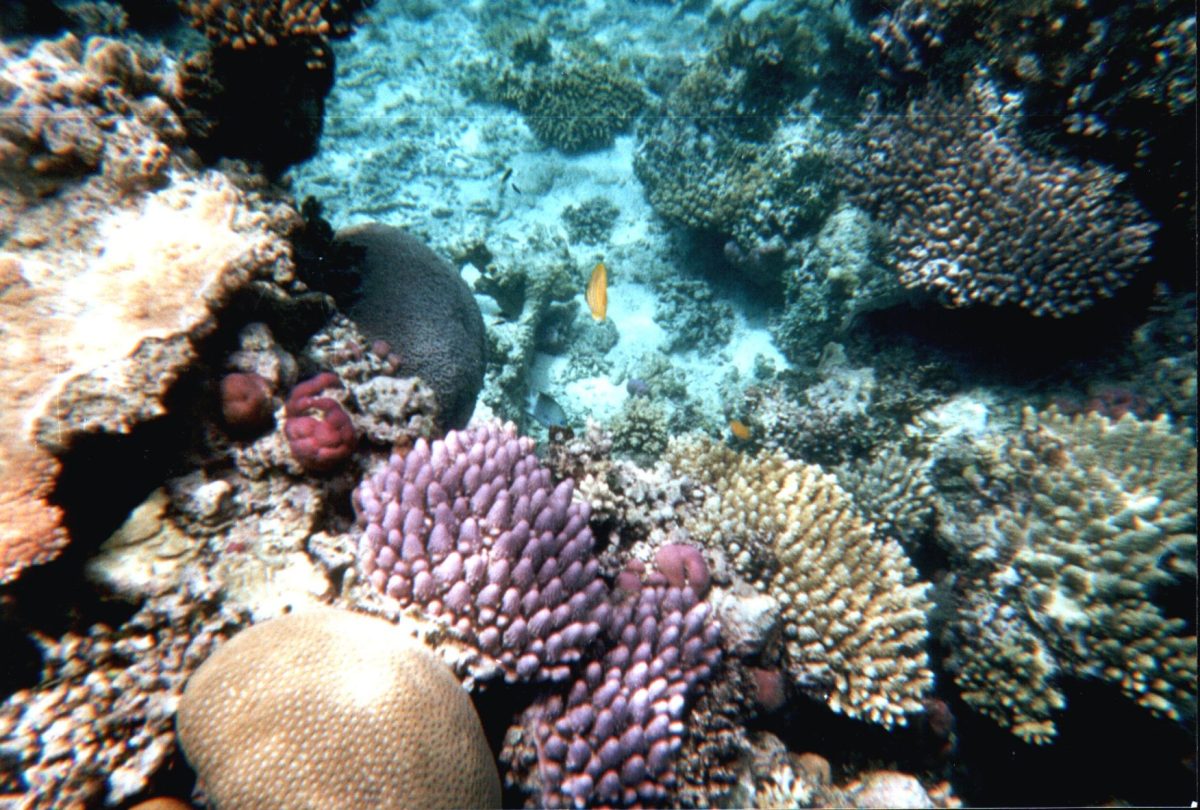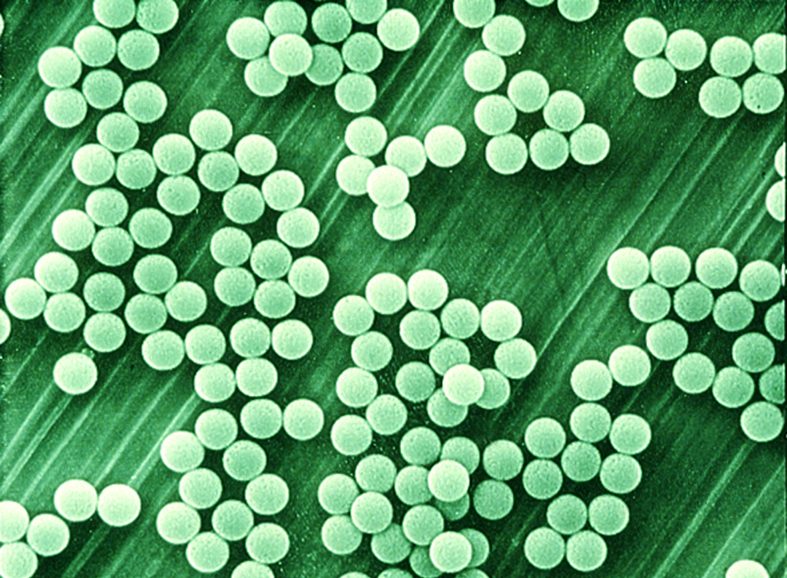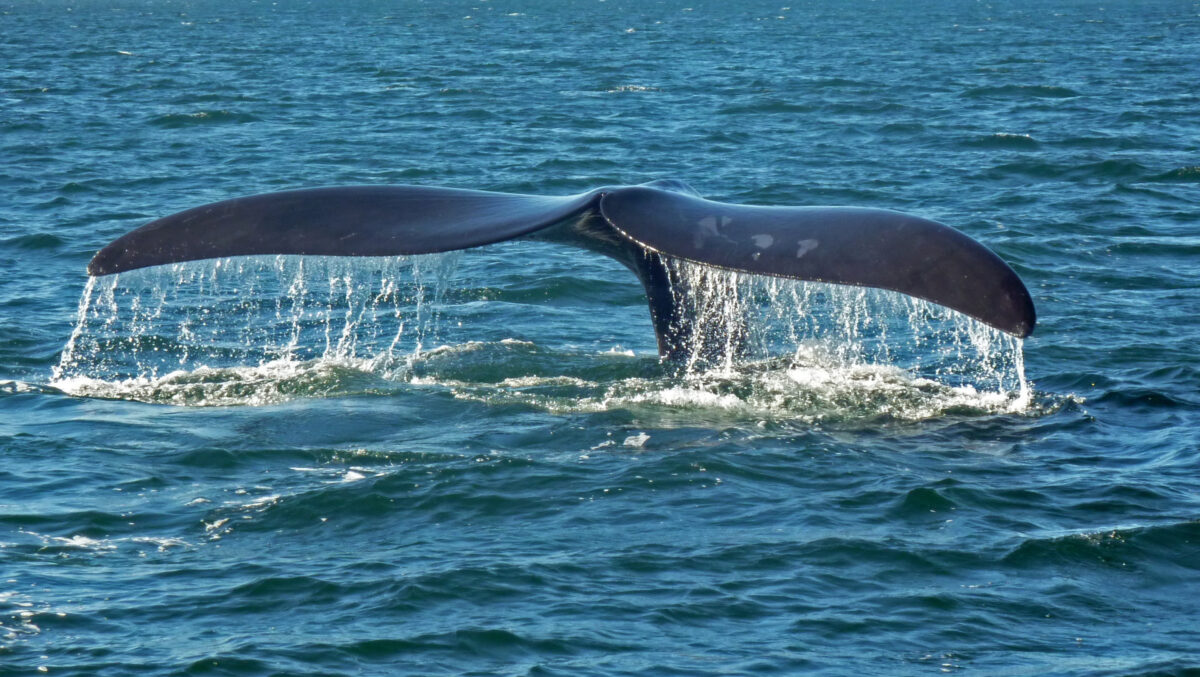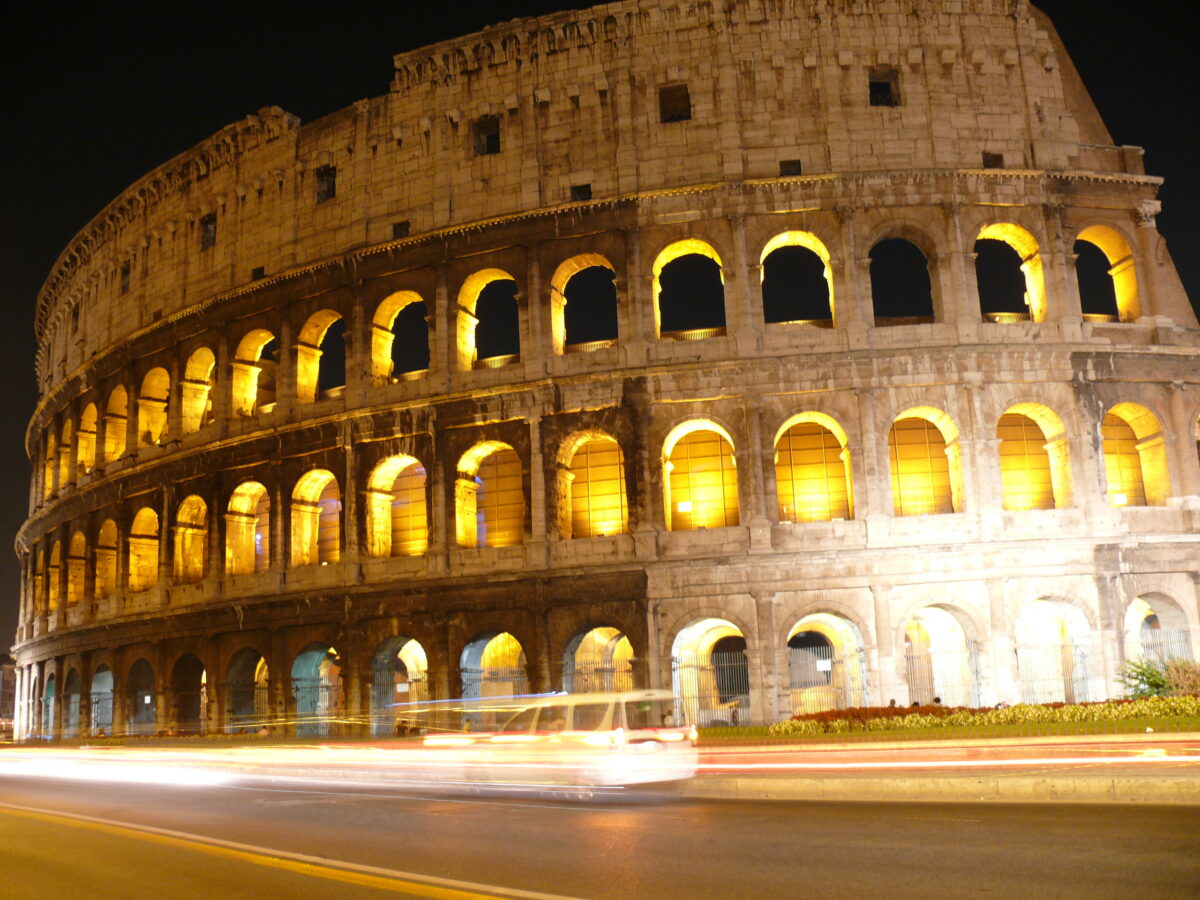We have all seen pictures of the ocean filled with things of all shapes, sizes, and colors. Some of these pictures depict the marine life that we are so accustomed to seeing in nature, but, more recently, these pictures have depicted garbage floating through the ocean. A study published in Nature Communications looked at how this garbage, specifically plastics, affects one of the ocean’s prettiest creatures: corals. In the study, macroplastics and microplastics were found to negatively effect the coral’s growth, feeding, and behavior.
Macroplastics and microplastics make up 60 to 80 percent of marine litter and have negative physical and chemical effects on marine organisms. Macroplastics are plastics larger than 5 mm, and microplastics are plastics smaller than 5 mm. The size variation of these plastics has led to a variety of effects for organisms, such as corals.
The coral investigated by the study, Lophelia pertusa, is a key species in the deep sea because it supports the biodiversity in the area by forming reef structures which perform a variety of ecosystem functions. In a controlled laboratory setting, the coral was exposed to macroplastics that acted as a physical barrier to the coral skeletal growth and disrupted the feeding activity of the coral. The lower food intake affected both the physiological functions and the energy available to construct reef structures. When exposed to microplastics, the coral had reduced growth rates and ingested the microplastics, which was incorporated into the coral’s tissue. In addition, the microplastic ingestion can cause increased energy costs for the coral, block the coral’s gastrovasular system, and satiate in the coral.
To come to these conclusions, the study used pieces of low density polyethylene and low density polyethylene microbeads in controlled tanks, which were used to show the effect of macroplastics and microplastics respectively. The prey capture rate, which showed the effect of the plastics on the coral’s feeding habits, was measured based on the consumption of zooplankton, the coral’s main food source. Polyp (individual corals) activity was monitored via video to investigate the plastics’ effect on the behavior of the coral. To analyze the growth of the corals and the plastics’ effect on growth, the study measured new skeletal growth via fluorescent staining. These three methods allowed the study to assess the hazards of microplastic and macroplastic pollution for deep sea corals, providing evidence of a threat to deep sea biodiversity.
Categories:
Micro- and macroplastic effect on deep sea corals
Jill Walton, Contributor
January 22, 2020
0
Donate to The Tiger
Your donation will support the student journalists of Clemson University. Your contribution will allow us to purchase equipment and cover our annual website hosting costs.
More to Discover















